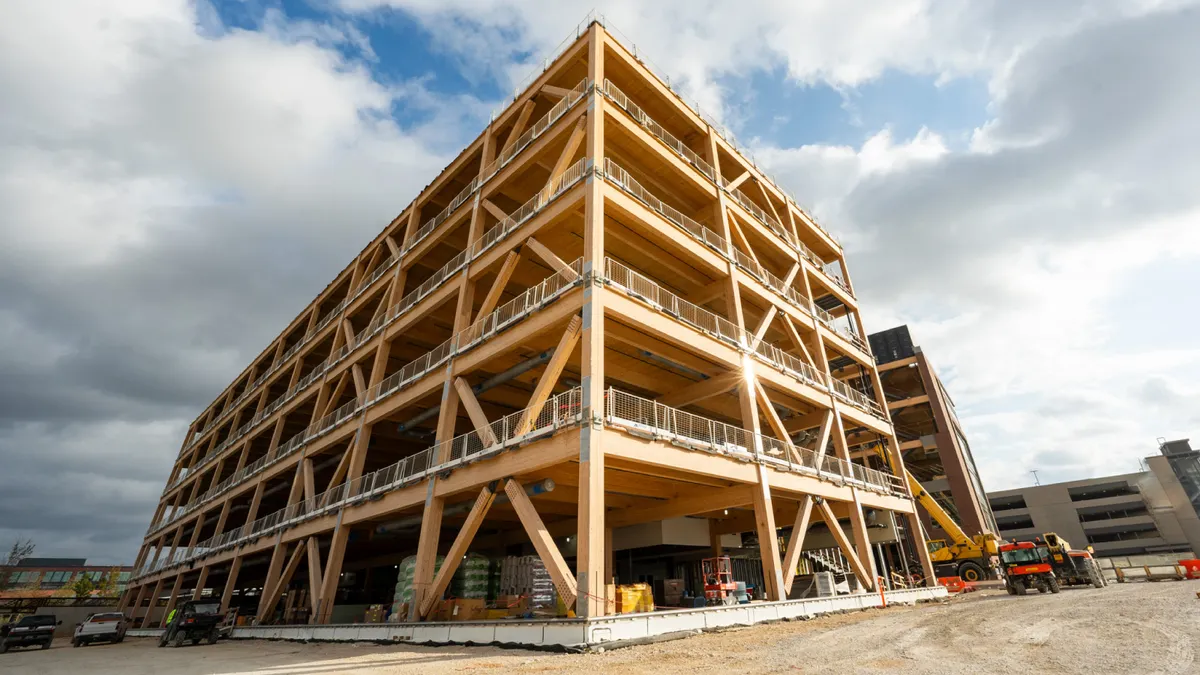Dive Brief:
- There are stark divides between how builders manage their profit margins and how they retain available capital for sudden emergencies, according to a new report from Billd, a financial solutions firm for subcontractors.
- In its 2025 National Subcontractor Market Report, the company surveyed over 800 subcontractors, general contractors and suppliers of all sizes, according to a news release. In findings that Billd referred to as alarming, it revealed that 40% of subcontractors retain half to all of their profits in the business to fund operations, which limited reinvestment in growth.
- Slow, unpredictable pay was a leading culprit of cash flow instability, according to the release, a long-documented problem in the construction industry. The report also found that general contractors believed payments occurred in 30 days after a pay application, but subcontractors waited 56 days on average.
Dive Insight:
In addition to the payment issues, subcontractors are also victims of what the report calls the funding gap. Results showed that 43% of subcontractors report not having enough working capital to cover unexpected expenses or project delays, according to the report.
Beyond that, 41% of subcontractors making more than $15 million in revenue seek more working capital before they need it. But that means a majority — 59% — don't, so they are not prepared when they suddenly need money.
This can have a dangerous knock-on effect for businesses. Nearly a third of builders — 29% — said overdue invoices get in the way of progress or success on their projects, and 35% said they pick and choose which invoices to pay on time.
Cash flow problems have also been the focus of previous reports — both the 2021 and 2023 iterations of Billd’s surveys, for example, noted that this issue can stymie contractor growth and profitability.
The report’s authors offered three solutions for subcontractors to help protect themselves from cash flow issues:
- Use construction-specific financing.
- Accurately calculate the cost of working capital.
- Account for the cost of working capital in bids and change orders.
These methods have tangible benefits, the report claimed. In 2024, subcontractors who accounted for working capital costs in bids had a 24% profit margin, compared to a 17% profit margin for those firms that didn’t account for these costs.
“The data is clear — there's a fundamental flaw in how money moves through construction," said Chris Doyle, Billd’s CEO, in the news release.













